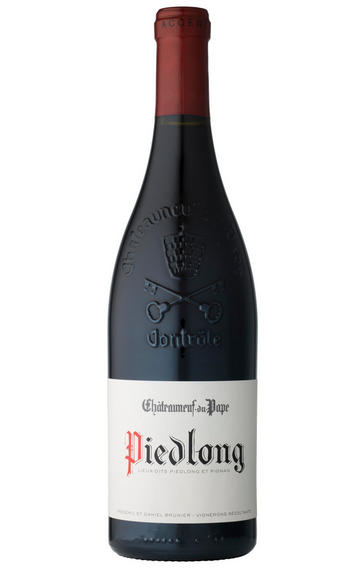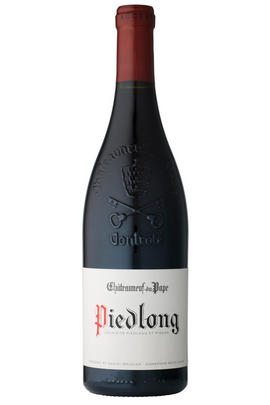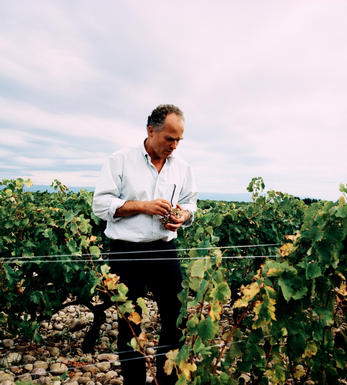
2015 Châteauneuf-du-Pape, Piedlong, Vignobles Brunier

About this WINE

Vignobles Brunier

Châteauneuf-du-Pape
The most celebrated village of the Southern Rhône, Châteauneuf-du-Pape is the birthplace of the now indispensable French Appellation d’Origine Contrôlée system – imperfect though it may be. Compared to the Northern Rhône, the vineyards here are relatively flat and often feature the iconic galet pebbles – the precise benefits of which are a source of much debate. Minimum alcohol levels required by the AOC are the highest in France, but at 12.5% it is well below the natural generosity of Grenache, which only achieves its full aromatic potential when it is fully ripe and laden with the resultant high sugars. Syrah and Mourvèdre contribute the other defining elements in the blend, adding pepper, savoury spice and structure to the decadent Grenache. There are a further 10 permitted red grape varieties which can be used to adjust the “seasoning”. Of the five white varieties permitted, it is Grenache Noir’s sibling – predictably perhaps – Grenache Blanc, which dominates, though Roussanne shows a great deal of promise when handled well, notably at Château de Beaucastel.

Southern Rhône Blend
The vast majority of wines from the Southern Rhône are blends. There are 5 main black varieties, although others are used and the most famous wine of the region, Châteauneuf du Pape, can be made from as many as 13 different varieties. Grenache is the most important grape in the southern Rhône - it contributes alcohol, warmth and gentle juicy fruit and is an ideal base wine in the blend. Plantings of Syrah in the southern Rhône have risen dramatically in the last decade and it is an increasingly important component in blends. It rarely attains the heights that it does in the North but adds colour, backbone, tannins and soft ripe fruit to the blend.
The much-maligned Carignan has been on the retreat recently but is still included in many blends - the best old vines can add colour, body and spicy fruits. Cinsault is also backtracking but, if yields are restricted, can produce moderately well-coloured wines adding pleasant-light fruit to red and rosé blends. Finally, Mourvèdre, a grape from Bandol on the Mediterranean coast, has recently become an increasingly significant component of Southern Rhône blends - it often struggles to ripen fully but can add acidity, ripe spicy berry fruits and hints of tobacco to blends.


Buying options
Add to wishlist
Description
The Crau plot at La Roquète is dominated by distinctive, predominantly sandy, soils, which is honoured by Daniel in this suitably distinctive cuvée. Its nomenclature has changed a little over the years, with the common thread being Piedlong – appropriately enough as this is the name of the lieu-dit that provides the majority of the fruit. One can almost taste the Mistral in the sinewy pores of this outstanding effort, with 10 percent Mourvèdre adding a dark soul to this otherwise supremely pure wine, a characteristic Daniel described as “ethereal”. “Rose petals” and “thyme” were the first two words to land on my wine-splattered tasting book. Drink 2020-2028.
Simon Field MW- Wine Buyer
Domaine du Vieux Télégraphe is one of the most renowned estates of the Southern Rhône, with around 45 hectares of vines, and an average vine age of 55 years. Blessed with one of the finest locations in the area, the particularly hot microclimate is such that the Bruniers, owners of the estate for almost a century, are able to harvest as much as a week ahead of their neighbours. Vieux Télégraphe's blend is a typical one, with Grenache accounting for around two thirds, while the rest is made up of Syrah and Mourvèdre in roughly equal proportions, plus a tiny bit of Cinsault. The Bruniers also run a radically different property in Châteauneuf-du-Pape, named Piedlong, and a very attractive property in the hills of Gigondas, Domaine les Pallières.
wine at a glance
Delivery and quality guarantee